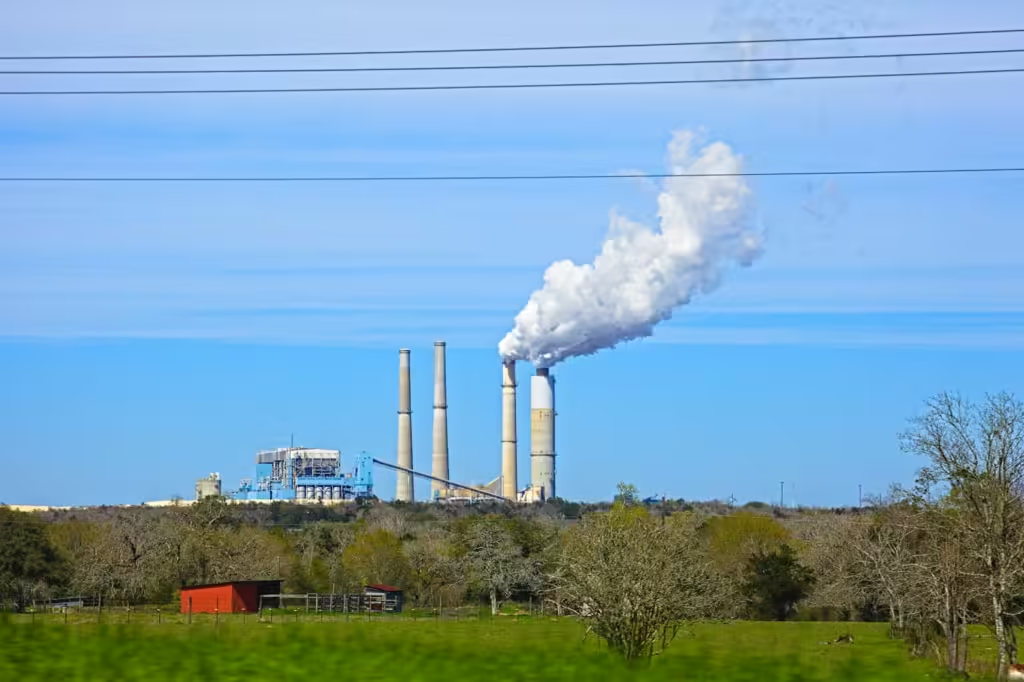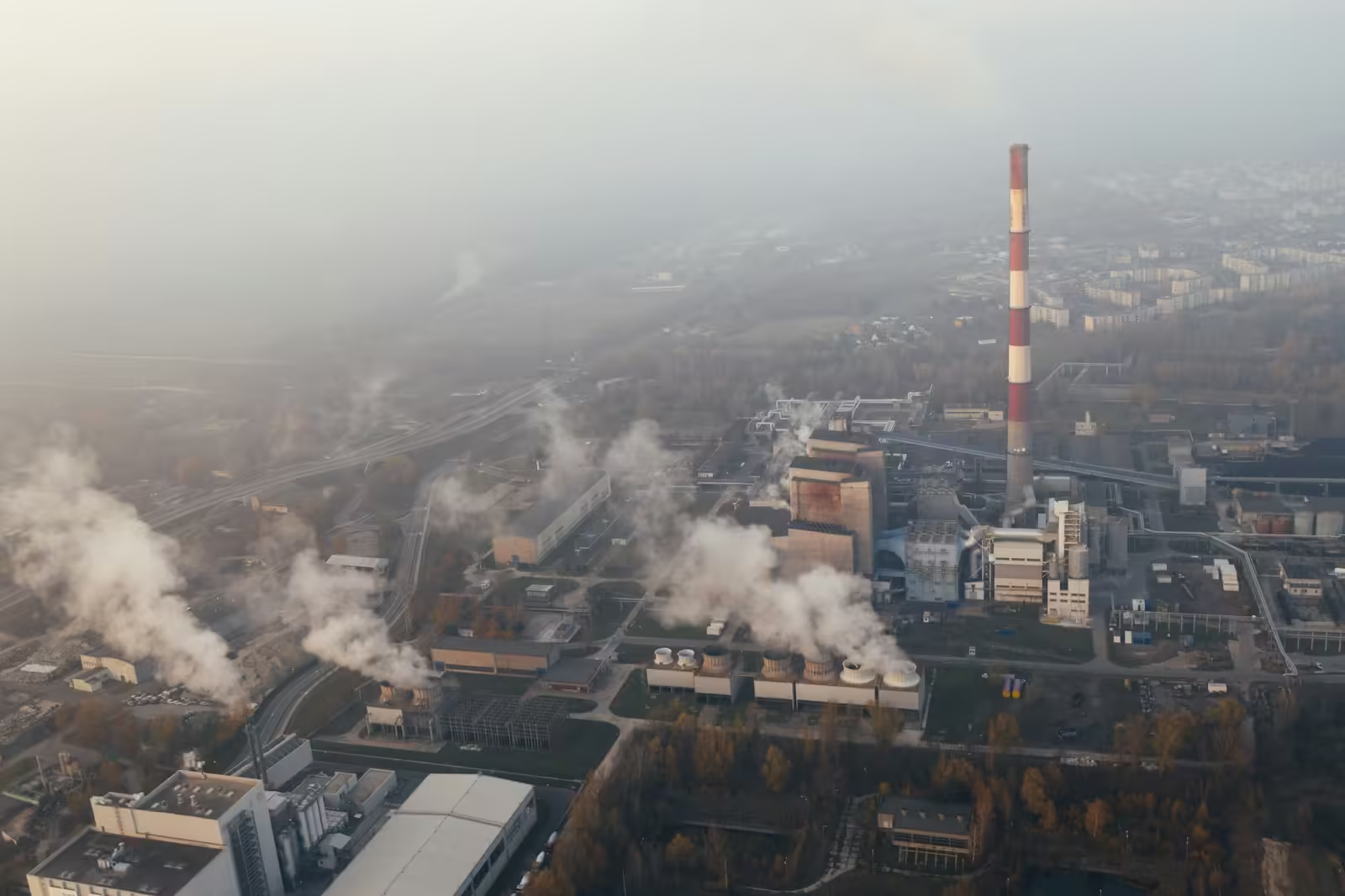Table of Contents
By now, everyone knows that using fossil fuels—such as gas and coal—is practically destroying the earth in which we live. As a result, experts are doing everything in their power to locate alternative, sustainable energy sources as soon as feasible.
Although electric batteries, wind turbines, and solar power are positive developments, nuclear fusion is a far more effective means of powering the planet. Nuclear fusion that lasts more than a few seconds has not yet been possible for scientists, but they can now, and this might completely alter the course of history.
There Is No Sustainable Energy Source for Fossil Fuels
Gas and oil are examples of fossil fuels, which are incredibly non-sustainable energy sources. They are scarce, and when they are produced or used, they discharge harmful greenhouse emissions into the atmosphere.
When these resources are finally depleted, the planet’s atmosphere might have been severely damaged to the point where life on Earth is no longer possible.
Our Available Green Energy Sources Are Ineffective
Owing to this horrifying fact, people have made an effort to locate alternative energy sources that won’t harm the environment and will last for future generations.
However, these environmentally friendly, sustainable energy sources—such as solar farms and wind turbines—are incredibly inefficient. In order to supply the energy required for human survival, they would have to occupy a vast amount of area on Earth and are very expensive to create.
Using Star Energy for Beneficiation

Finding a method to replicate the stars’ inherent energy is therefore the most sensible course of action. Giant balls of heated gases like hydrogen, helium, and other elements make up the trillions of stars that orbit our planet, including the sun.
Massive amounts of energy are produced during a process known as nuclear fusion, in which these elements push together and their nearly endless nuclei squeeze together. Nowadays, people are trying to figure out how to create nuclear fusion on Earth.
Nuclear Fusion: What Is It?
It is important to realize that nuclear fission and fusion are quite different processes. The spontaneous splitting of a nucleus that affects another particle and releases a burst of energy is known as nuclear fission.
Nuclear fusion, on the other hand, is the deliberate reaction of two or more atomic nuclei to produce new nuclei and subatomic particles, which in turn release energy. The theory goes that scientists will always have a sustainable energy source if they can safely and consistently carry out nuclear fusion.
Six Different Fusion Reactor Types Have Been Invented by Scientists Worldwide
Scientists Dänner and Knobloch of the Max Planck Institute for Plasma in Munich, Germany, reported their research on nuclear fusion in 1971. Since then, countless scientists have devoted their lives to developing and constructing a reactor that will enable safe, continuous nuclear fusion.
The Reversed-Field Pinch (RFP), Magnetized Target Fusion (MTF), Inertial Confinement Fusion (ICF), Stellarators, Tokamak Reactors, and Spherical Tokamak Reactors are the six nuclear fusion reactors that have been constructed in the last fifty years.
Different Strategies Are Used by Each Type of Reactor to Get the Same Outcomes
In theory, the goal of all reactor types is to produce predictable and controlled nuclear fusion, but they approach this goal in different ways.
For instance, the Magnetized Target Fusion method uses both magnetic confinement and inertial confinement fusion to produce nuclear energy, whereas the Inertial Confinement Fusion method uses the heat of high-power lasers to compress nuclear fuel quickly.
Tokamak reactors are being worked on by the International Thermonuclear Experimental Reactor.
Scientists have been working nonstop to develop the Tokamak Reactor at the International Thermonuclear Experimental Reactor (ITER), a global nuclear fusion research facility in France.
Working to complete the ITER Tokamak Reactors, scientists and financing from 35 different countries are participating in the largest nuclear fusion project in the world. And finally, they’ve revealed a tremendously thrilling discovery.
Now, the ITER Tokamak Can Run for Six Minutes
It was stated by ITER scientists that they have successfully used their Tungsten Environment in a Steady-state Tokamak for precisely six minutes.
The reactor maintained a plasma temperature of 122 million °F and an energy output of 1.15 gigajoules for the entire 360 seconds, according to the researchers. In contrast, that represents twice the density and 15% more energy of any prior nuclear fusion record on Earth.
Researchers Must Figure Out How to Make the Tokamak Run for a Full Day.
“These are wonderful results,” an International Atomic Energy Agency official said, adding that there is still much to be done to enhance the reactor before it can be regarded as a reliable and sustainable energy source.
The belief held by nuclear physicists worldwide is that they will be able to declare with confidence that nuclear fusion will be the new energy source of the future if they can sustain this amount of fusion for a full day.
Could the Earth be Saved by Nuclear Fusion?
Of course, scientists everywhere are ecstatic about this discovery, but environmentalists and other concerned citizens should also take note.
Nuclear fusion, if it can be harnessed to successfully capture the natural energy of stars, will undoubtedly become the sustainable energy source of the future.
Everything Will Change if Nuclear Fusion Is the Energy of the Future
That does not, however, imply that the adjustment will be simple or rapid. Fossil fuels power everything we use, including trains and automobiles as well as electricity, cooking, heating, and everything in between.
Everything will have to alter and the world will probably seem very different from what it does now if nuclear energy is the way of the future.
The reactor maintained a plasma temperature of 122 million °F and an energy output of 1.15 gigajoules for the entire 360 seconds, according to the researchers. In contrast, that represents twice the density and 15% more energy of any prior nuclear record on Earth. The reactor maintained a plasma temperature of 122 million °F and an energy output of 1.15 gigajoules for the entire 360 seconds, according to the researchers. In contrast, that represents twice the density and 15% more energy of any prior nuclear record on Earth.
The reactor maintained a plasma temperature of 122 million °F and an energy output of 1.15 gigajoules for the entire 360 seconds, according to the researchers. In contrast, that represents twice the density and 15% more energy of any prior nuclear record on Earth. The reactor maintained a plasma temperature of 122 million °F and an energy output of 1.15 gigajoules for the entire 360 seconds, according to the researchers. In contrast, that represents twice the density and 15% more energy of any prior nuclear record on Earth.
New Breakthrough in Nuclear Fusion – Possible End for Coal and Gas (msn.com)


1 thought on “Novel Development in Nuclear Fusion: A Potential Demise for Gas and Coal”